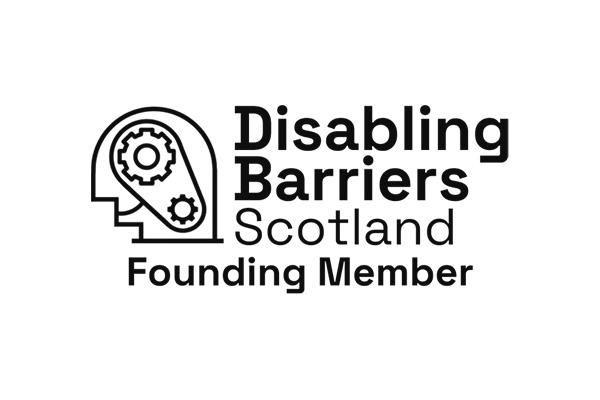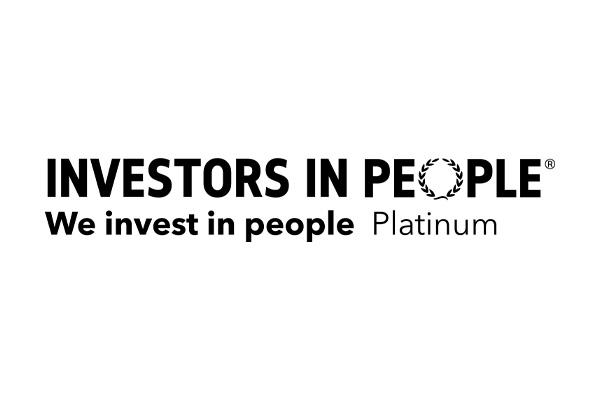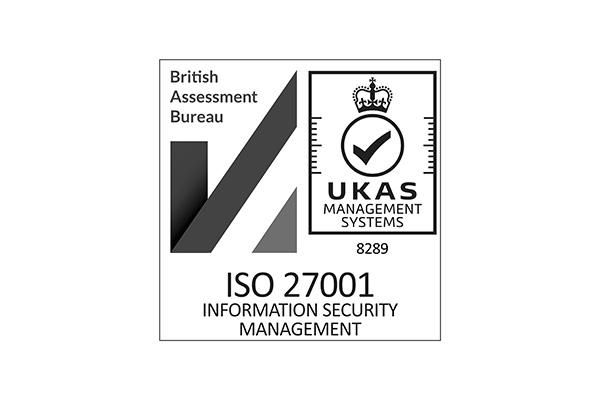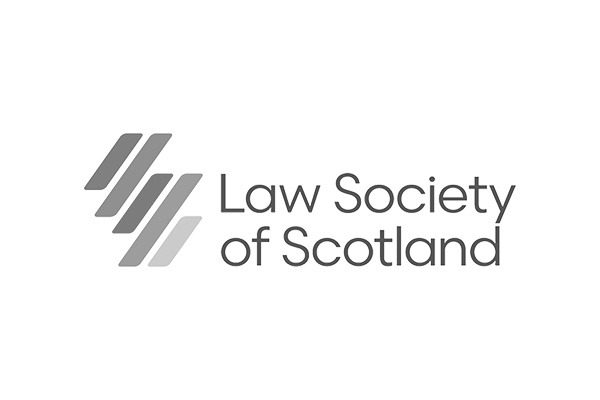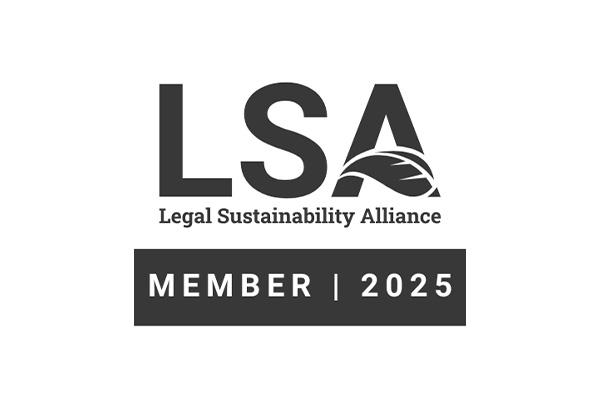Date published: 20 January 2016
TTIP – Implications for the Pharmaceutical Industry
Background The Transatlantic Trade and Investment Partnership (“TTIP”) is a bilateral trade agreement currently being negotiated between the EU and the US. Even though its ratification is not expected until 2017, once in force, it is anticipated that it will create the world’s largest free trade area, covering almost half of world GDP. In this note we review the EU negotiating position on the chapter covering pharmaceutical products and set out changes that businesses operating in this sector may expect. A separate TTIP chapter covers medical devices, such as pacemakers, scanner and x-ray machines, and is not addressed here.
The pharmaceutical sector faces unique cross-jurisdictional challenges with regulators on both sides of the Atlantic balancing innovation, cost effectiveness, public safety and public policy concerns. TTIP negotiators seek to enable regulators to work more closely to ensure medicines are safe and effective. This builds on a number of initiatives the USA and the EU have already taken for the pharmaceuticals sector and seeks to reinforce cooperation further. Barriers to trade between the US and EU in this sector are already relatively low pursuant to tariff and excise agreements that have been in place for a number of years. Additionally, both parties are members of the International Conference on Harmonisation of Technical Requirements for Registration of Pharmaceuticals for Human Use (“ICH”) which seeks to remove the need for duplicate testing of pharmaceutical products across different jurisdictions. Nevertheless, regulatory hurdles remain one significant barrier between the EU and the US.
Information around the content and state of play of the negotiations is still scant. However, we understand that negotiation covers three main areas in the pharma space: inspections, approval and regulatory innovation, which we cover in turn. Issues of information exchange and protection of trade secrets are of particular importance for this chapter and negotiators intend to deal with these with general, as well as specific provisions in the pharmaceuticals annex.
Inspections: Uniform Good Manufacturing Practices Regulators regularly inspect pharmaceutical companies to ensure that they meet strict standards which are known as Good Manufacturing Practices (“GMP”). However, international supply chains and complex manufacturing processes make this increasingly challenging. Currently the EU and US have different GMPs. This means companies must meet different standards for different inspectors as multiple inspections are carried out, duplicating work for regulators and businesses involved.
TTIP negotiators intend to increase efficiency and remove doubling of effort by introducing a system of mutual recognition of each other’s inspections of manufacturing plants (in the EU, US or in third countries). On a practical level, this would possibly involve mutual recognition of each other’s inspections following, what the EU negotiating position paper calls ‘a rigorous equivalence assessment’.
Recognition of Approvals The Commission is seeking to reduce the cost and timescale of receiving approval for new pharmaceutical products on both sides of the Atlantic by increasing bilateral cooperation on joint assessment approaches. This could include further commitment to cooperation on ‘parallel scientific advice’ and on ‘parallel evaluation on quality by design applications’, whereby authorities would have a joint discussion with the applicants and would have a joint list of questions, as well as harmonised evaluation of the applicant’s responses. Similarly parties indicate that they could work towards implementing a harmonised terminology for pharmaceutical products to improve the information flow between the regulators.
According to the Commission’s position paper, specific provisions could be introduced with respect to biosimilars, generics and paediatrics.
Biosimilars: The Commission proposes that EU and US regulators could work towards converging the systems used for biosimilar authorisation. This could be implemented by reviewing guidelines for biosimilar approval and drawing the differing requirements together, with a view that this may further shape the international approach.
Generics: The Commission suggests streamlining specific steps of the authorisation process. This could include developing or reviewing each other’s guidelines, in particular with regards to bioequivalence, biowaivers and the use of reference medicines.
Paediatrics: The Commission suggests that clinical studies for paediatrics could be revised to allow for closer coordination. This would potentially involve data sharing for clinical trials, unifying paediatric investigation plans and recognising the results of clinical trials in others states.
Innovation: Regulatory Co-ordination and Exchange of Information TTIP negotiators aim to foster innovation by helping regulators to work more closely together regulating a fast-paced industry by sharing expertise and findings, as well as exchanging information. In order to do so, they will need to put in place provisions protecting the exchange of confidential information and trade secrets. The EU position states that the exchange of information will be protected by general provisions within the TTIP and also by the specific confidentiality provisions with the pharmaceuticals annex. The details and mechanics of how this would work in practice are yet to be defined.
With regard to transparency concerns in relation to clinical data, the Commission has committed not to negotiate in any trade deal rules that affect the rights enshrined in the Regulation on clinical trials (EU536/2014) adopted in October 2014.
Protection of Intellectual Property (“IP”) The Commission has indicated that enhanced recognition of IP rights are a goal of the negotiations. This is a general goal of TTIP and not limited to the pharmaceuticals chapters. It is hoped that a robust and unified intellectual property regime would encourage innovation and product developments. The provisions of this chapter will be of particular relevance for the manufacturers of generics.
The progress of the IP chapter is far from certain. A transatlantic agreement specifically facilitating increased IP cooperation (known as “ACTA”) has been rejected by the European Parliament. The Commission has denied that it will use TTIP to implement the terms of ACTA.
Going Forward The TTIP is still at the negotiation stage and much of the devil will be in the detail. Nevertheless, it is seems very clear that European pharma businesses will benefit from reduced regulatory burdens that will particularly enable smaller companies tap the large and lucrative US market more effectively.
To find out more contact us here
Sectors: Pharma, Biotech, Medtech, and Digital Health, Technology and Life Sciences







